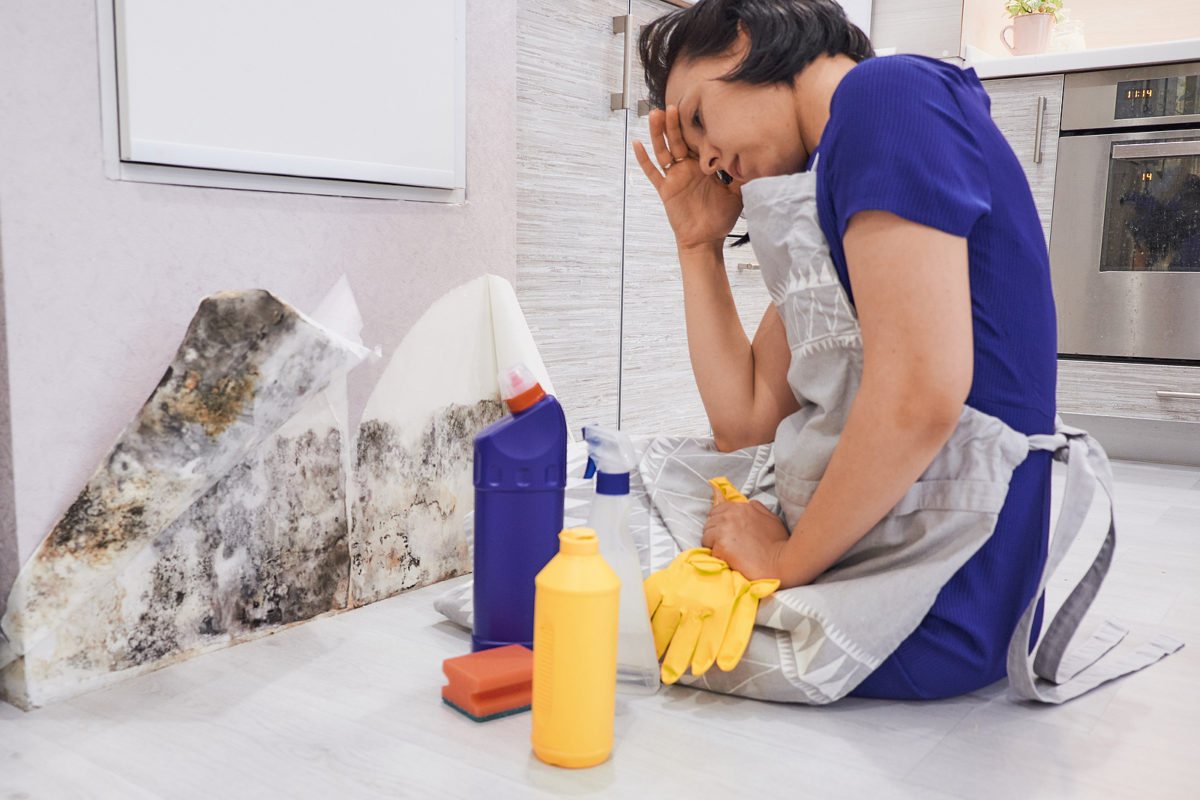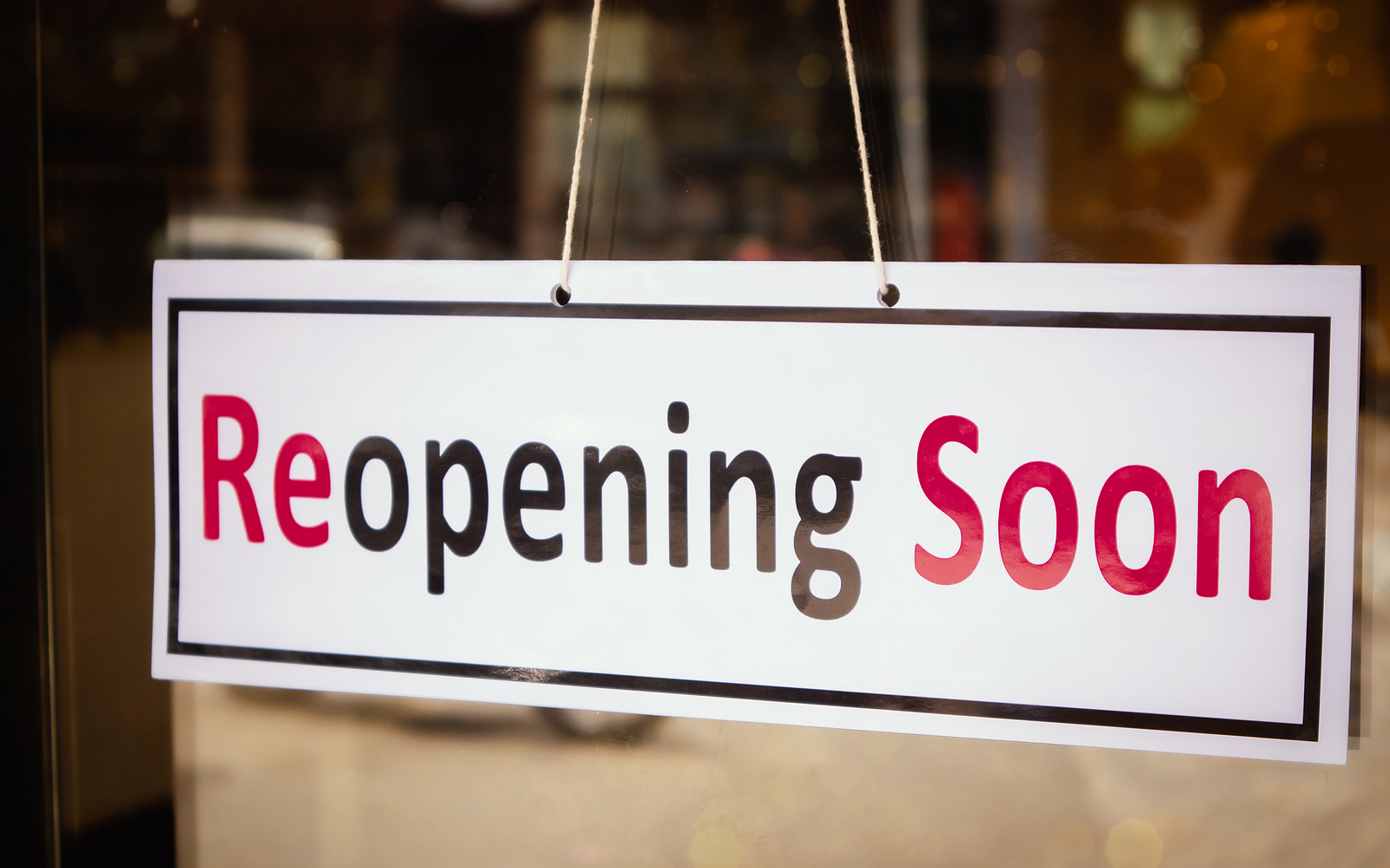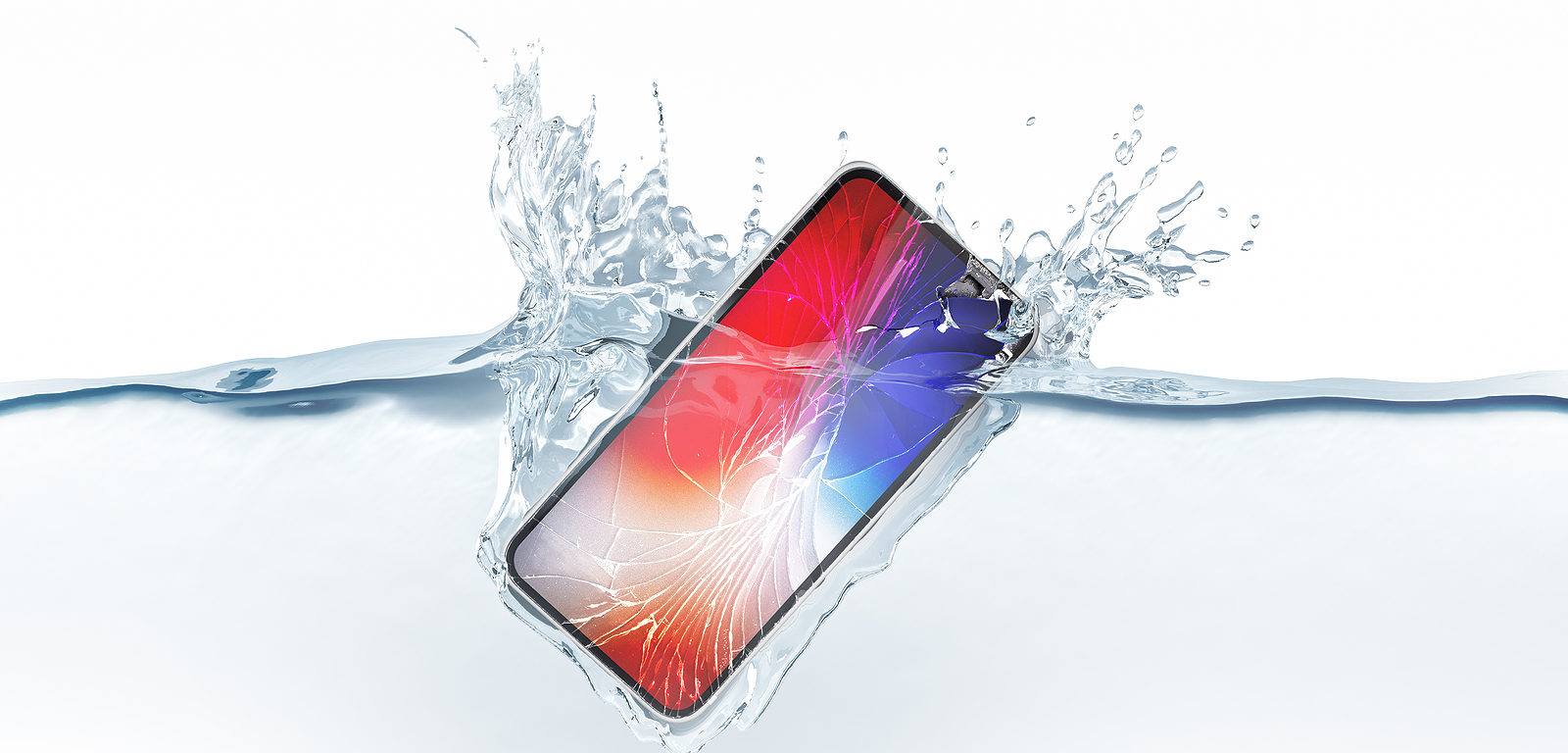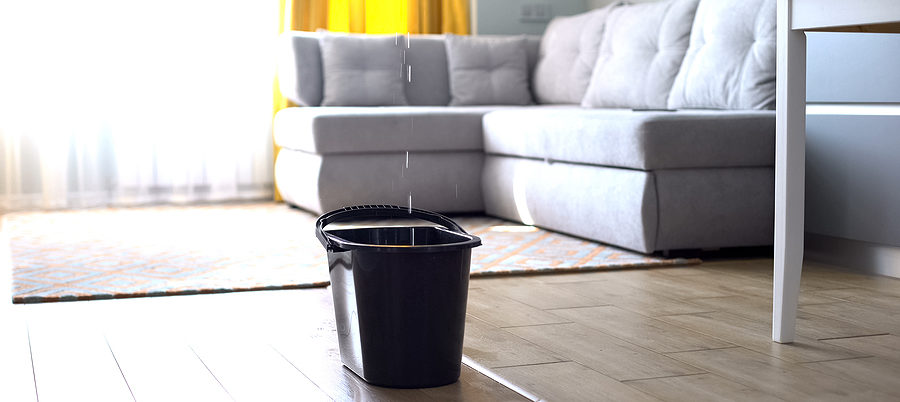Water damage, especially damage from flooding, is a common issue among folks in the U.S. Those who live in Georgia and the surrounding states are particularly vulnerable.
Are you currently dealing with water damage in your home? Are you unsure of how to proceed or how to prevent future water-related issues?
If you said “yes” to either of these questions, keep reading. Outlined below is everything you need to know about handling a water-damaged home.
Causes of Water Damage
It’s not always a major storm that leads to flooding or water damage in your home. There are plenty of other factors that can contribute, including the following:
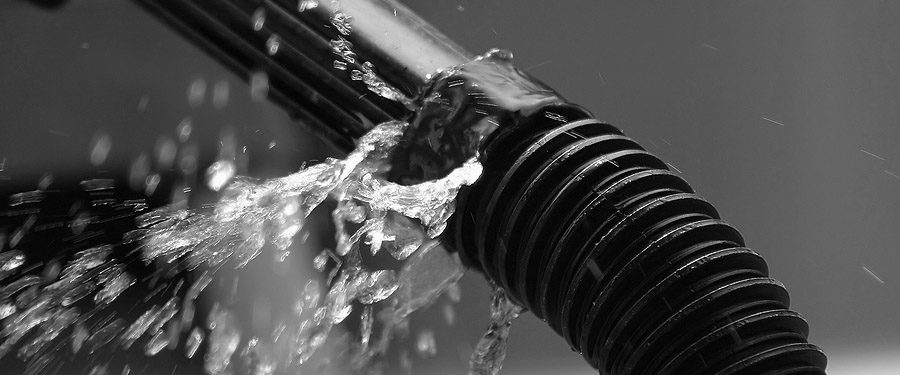
Leaking or Burst Pipes
Pipe leaks and burst pipes are some of the most common causes of residential water damage. There are lots of issues that can contribute to leaks and burst pipes, including changes in water pressure, changes in temperature, a lack of insulation (which can cause pipes to freeze), and age-related deterioration.
Plumbing Problems
Problems with the plumbing in your house can contribute to water damage as well. Common plumbing challenges include leaking faucets, leaks around the bathtub or shower, and leaking or overflowing toilets.
Broken Appliances
Many household appliances can leak and cause water damage if they’re old or poorly maintained. Washing machines and water heaters are some of the most common culprits, but refrigerators and dishwashers can cause problems, too.
Broken HVAC Units
If you don’t have your Heating, Ventilation, and Air Conditioning (or HVAC) unit serviced on a regular basis, you’ll likely be more prone to leaks and water damage. This includes serious problems like mold and mildew growth.
Clogged Rain Gutters and Downspouts
When your rain gutters or downspouts get filled with leaves and debris, it’s hard for water to drain out of them effectively. Poor drainage, in turn, can lead to excess water buildup, which can result in pooling on your roof and leaks if you’re not careful.
Backed Up Sewer Systems
Sometimes, your home’s sewer system might not be able to handle a high volume of water from heavy storms. If this happens to you, you could end up with flooding and sewage backing up into your home through the toilet, sinks, or floor drains (yikes!).
Signs of Water Damage
In some cases, it’s pretty obvious when you have water damage in your home. After all, if you have water pooling up to your ankles or mold growing on the walls, there’s not a lot of guesswork required.
In other cases, though, water damage can be sneakier and more subtle. If you suspect water damage but aren’t 100 percent sure of what you’re working with, here are some warning signs to watch for:
- Bubbling, warping, peeling, or cracking on the flooring, ceiling, or walls
- The appearance of water stains or mold
- Musty or mildewy smells
- Areas feeling humid or moist
- Higher-than-average water bills
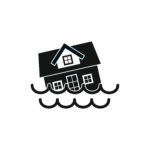
Top 5 Tips for Water Damage Mitigation
If you’ve noticed any of these signs, especially in areas that are prone to water damage like basements, bathrooms, laundry rooms, or kitchens, there’s a good chance you’re going to want to follow our tips for mitigating damage.
Here are five steps to take as soon as you spot water damage in your home:



